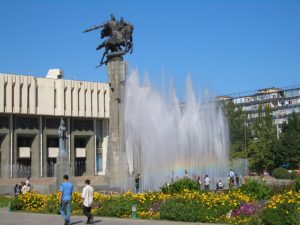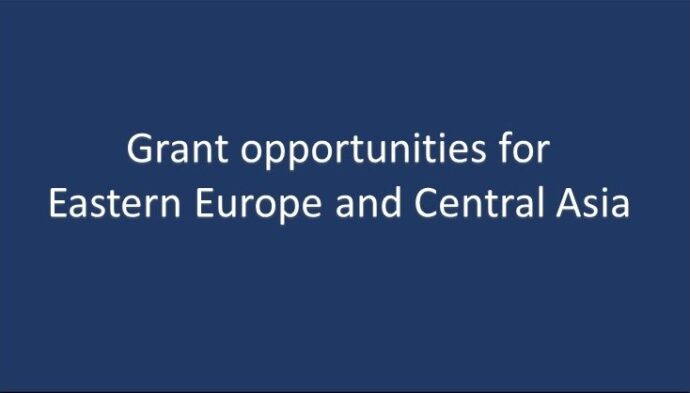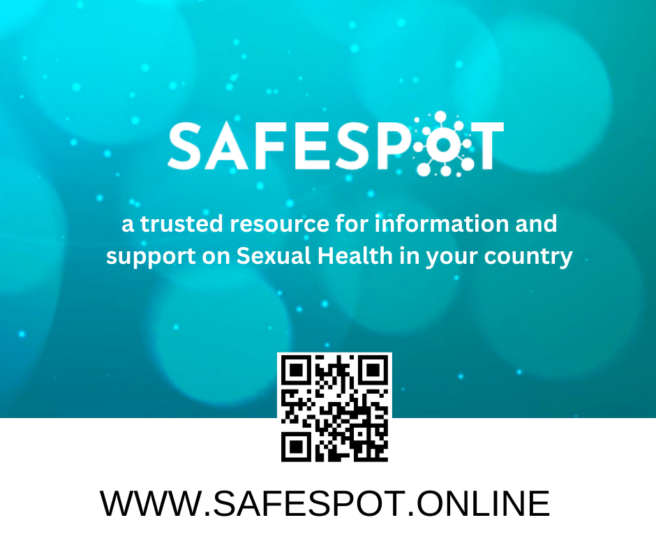 Author: Olga Ochneva, Kyrgyzstan
Author: Olga Ochneva, Kyrgyzstan
A significant reduction of funding for the programs against HIV infection was registered during the recent years in Kyrgyzstan. Last year the news that the Global Fund – the main donor of the HIV and tuberculosis programmes in the country – cuts their funding, got into the headlines.
Needs and opportunities
Funding for HIV programmes from the Global Fund over the past two years in the country has actually decreased by 30%, from $7.5 million in 2014 to $5 million in 2016 and 2017. The trend continues to grow: in the application for 2018-2020 only $3.7 million per year were pre-approved, and that is one more million less than before.
“$7.8 million per year are divided in the new Global Fund application between HIV and tuberculosis, but previously such amount of money was allocated only for HIV. Notice that reduction of funding comes amid the growth of demands. The situation with HIV in the country is now getting close to the concentrated phase, and the number of people on treatment over the past two years has grown almost twice,” said the head of Harm reduction programmes association “Partner Network” Aybar Sultangaziyev. “We have enough funds for this year, but in the next three years we expect the budget gap to grow. Only for persons who need treatment – about 6,000 people – we need $3.5 million by 2020, but for HIV we only have $3.7 million allocated in the budget.”
From donor to national funding
The general global trend of reducing grant support and the rise of Kyrgyzstan in the qualification of the World Bank from the level of countries with low income to the level of countries with lower middle income encourages the transition of the country to national funding. It is a difficult process for the state, because from the very beginning the prevention programmes in the country (about 15 years) were funded by international donors.

“Previously money from the state budget was allocated only to support infrastructure and salaries of the AIDS-service employees,” Director of the Republican AIDS-center Ulan Kadyrbekov says. “Starting from the year before last, the state started to allocate 20 million soms ($289 thousand) annually for HIV programmes. The condition of awarding $11 million grant for HIV from the Global Fund for the next three years was the state contribution of 15% of the whole grant amount. Nowadays we set the national program on overcoming HIV in the Kyrgyz Republic until 2021 and in the budget we have allocated these 15% of the national contribution.”
Until the last November it was not clear if Kyrgyzstan receives the Global Fund money or not. This fact became the main argument for the civil sector in their work on promotion of national funding.
“In fact, the result of our work was the development of the roadmap, i.e. the transition plan to national funding, which comes as an addition to the National program on overcoming HIV,” says Aybar Sultangaziev. “In addition to already allocated budget we have received further 23 mln. soms ($333 thousand) in 2018 and 50 million soms ($725 thousand) per year starting from 2019. It is still not enough. In fact, we requested up to 4.5 times more in 2018 and 2.5 times more starting from 2019 from the state budget.”
Now the National program for overcoming HIV in the Kyrgyz Republic until 2021 and Roadmap for the transition to national funding are submitted to the Government of Kyrgyzstan. The program must be approved this August. It will become known if this money is included in the Republican budget by the end of 2017.
Costs saving and optimization
Upon the condition that the government will fulfill the financial obligations under the National program until 2021 and the country will receive donor funds, there still will be a deficit in the amount of $1.5 million per year. Global Fund’s money has not been finally divided between programme activities. It will be decided which expenditure headings will be underfunded in the nearest future.

“We expect that deficits will be covered by funding from the other donors and by reduction of preventive measures,” Aybar Sultangaziev is saying. “For example, it is likely that we will close social centers. Nowadays six social centers are already closed, we excluded the treatment of STIs (sexually transmitted infections – ed.), we also partly excluded diagnosis and treatment of opportunistic infections, we decreased the number of condoms and syringes for distribution. There are other donors for HIV in our country, the largest of which is the USAID project Flagship. It allocates about $700 thousand a year on drug users. With this money we are able to cut funds from the budget of the Global Fund for this group. Now we have a narrower task of responding to the epidemic. Therefore, the only must have budget items are methadone and antiretroviral (ARV) drugs. We are trying to increase or at least keep these budget lines at the same level.”
Another step in cost optimization and in the transition to national funding is the transfer of control of Global Fund grants from the current recipient – UNDP – to the Ministry of health. Experts predict that it will happen no earlier than during the second half of 2018, as the Ministry of health needs to get prepared.
“Nowadays the treatment is provided by the Global Fund. Even after funds were allocated in the national budget, we still cannot use them for the purchase of ARVs for key vulnerable groups, because there is no mechanism for procurement of drugs and for social procurement. Our priority is to provide all the necessary documents for these procedures,” Ulan Kadyrbekov said. “Thanks to funds reallocation and optimum employment of resources, the National programme for the next three years will be able to slow down the spread of HIV. Even now we have good chances to reach the 2020 UNAIDS goals of 90-90-90. The process of transition to national funding and running programs in the face of cutbacks of donor funding is a great challenge. The Ministry of Health has already submitted the preliminary topics of presentations at the conference AIDS 2018 in Amsterdam, I think, by July of the next year we will have a great practical experience to share.”




